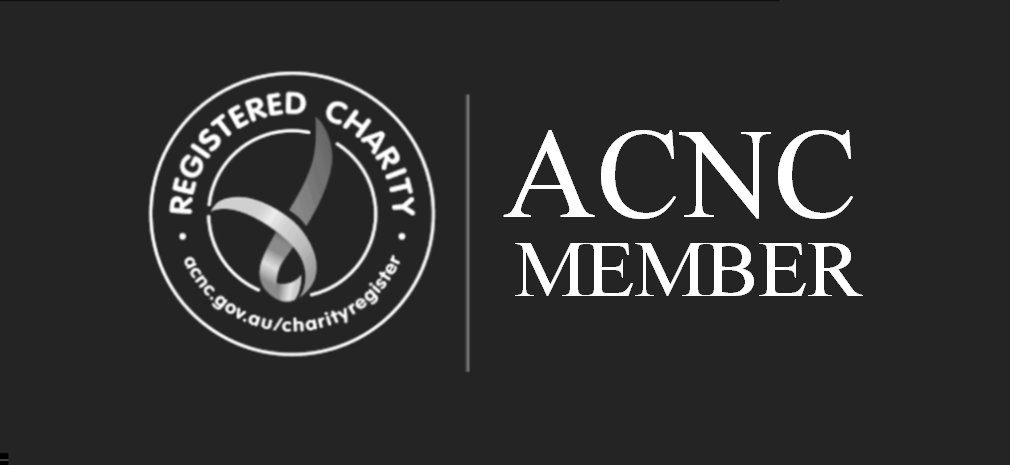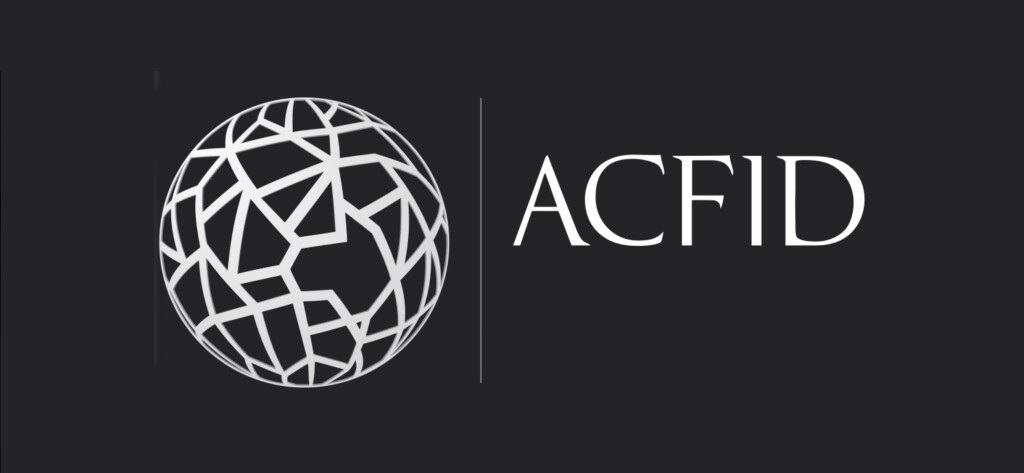Verifier
Design or planning framework, tools, templates that require or approaches which consistently show evidence of the participation of primary stakeholders.
Guidance
To demonstrate evidence in this area, members could include prompts in design or planning tools such as:
- In what ways have primary stakeholders participated in planning this initiative?
- Who was consulted in the planning of this initiative?
- What strategies were used to ensure the participation of primary stakeholders in planning this initiative?
- What are the views of primary stakeholders?
Approaches could ensure that adequate time is dedicated to design processes to enable the authentic involvement of primary stakeholders, seeking their views on the context, barriers and enablers, that staff involved have appropriate language skills, and that strategies such as Participatory Rural Appraisal (PRA), focus groups, community meetings, or individual discussions allow for input by primary stakeholders to the planning process.



